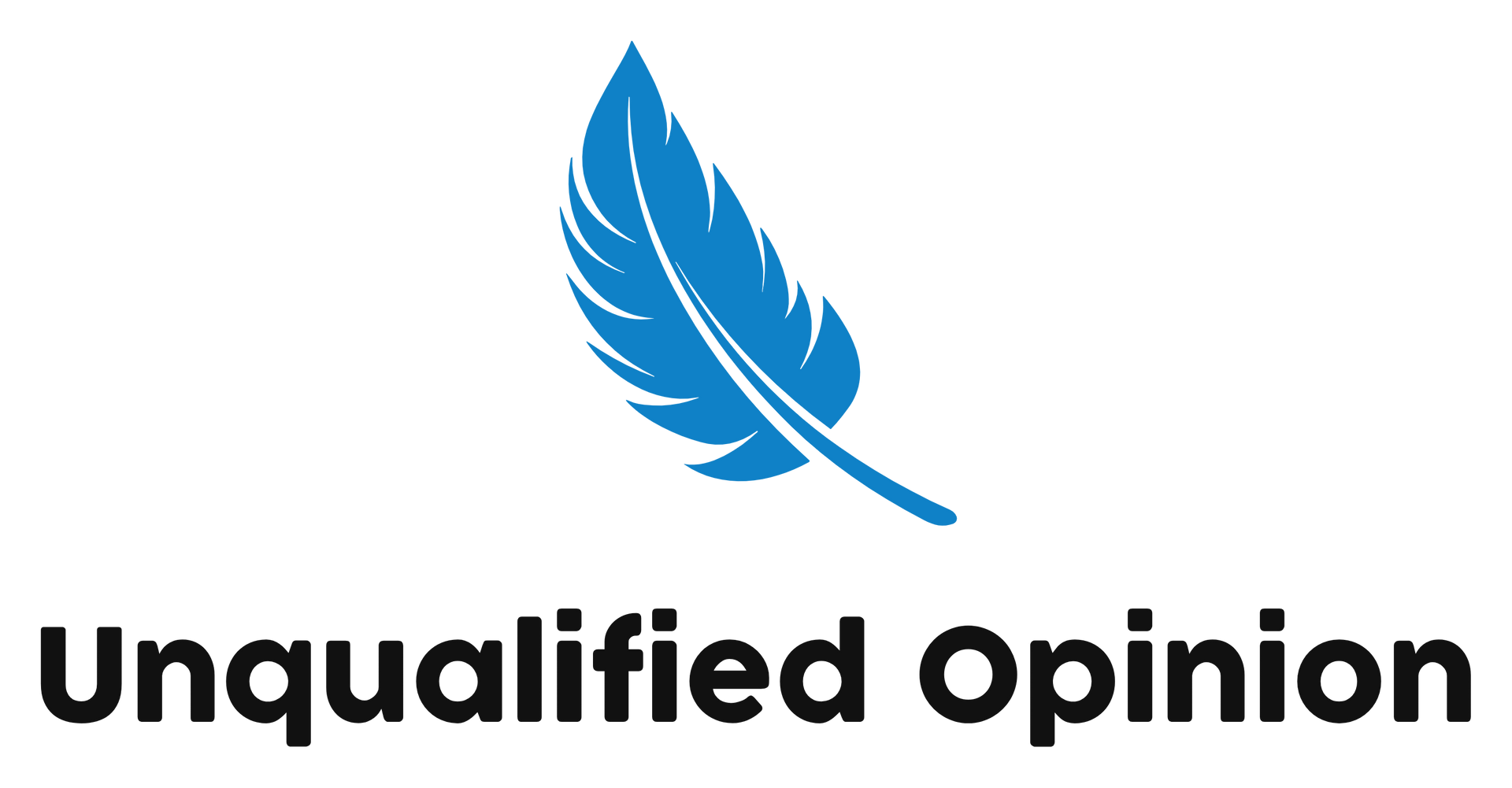(7 min) Learn To Do Your Own Taxes!

My dad taught me to do my own taxes when I turned 18 years old.
It was so tedious.
Back then, it was all done by pencil and paper and it was extremely complicated.
And I do mean pencil!
It wasn’t like you just filled out one form after another. Oh no, you had to fill out two-third of form X, then take amount from line 123 on form X and transfer that to form CDB. You haven’t started form CDB yet? Better start! You are going to need the amount from line 789 on form CDB for form XYZ.
And so on, and so on, and so on!
Oh and hopefully you know taxes well enough to understand exactly which paper slips you need from your employer and bank and whoever else to complete your taxes.
It took a very long time and you had to keep referring back to the printed booklets from the Canada Revenue Agency (CRA) to make sure you were doing it correctly.
There were no quick and easy internet resources on Canadian Tax law back in 1999, so you did the best you could and you mailed in your forms and waited 4-6 weeks for the CRA to get back to you.
There was almost always some kind of adjustment.
I remember thinking to myself back then, if they are just going to fix the mistakes… why not just do the whole thing for us???
Sounds awful, yes?
It was.
That is why accountants and tax specialists and friends of family that did other people’s taxes were able to charge exorbitant amounts for their services.
For many years and throughout my time in University, even though I knew how to do my own taxes, I relied on the services of H&R Block.
They always had a student rate of like $29.95 or something and all I had to do was drop off my slips, sign a paper, come back 3 hours later and they had my check ready!
After university though, when I started working and more online resources and tax software was becoming available, I started to do my own taxes again.
Why?
Because unless you have a personal accountant, the person doing your taxes (like the people at H&R Block) are likely just doing the basics.
Of course they let you know if you owe or are getting something back, but they don’t really take the time to delve into your particular situation.
For example, they might not think to ask if you moved recently for a job?
Why is that important?
Well, generally you can claim moving expenses you paid in the year on Line 21900 on Form T1-M, if both of the following apply:
- You moved to a new home to work or to run a business out of a new location, or you moved to be a student in full-time attendance in a post-secondary program at a university, college, or other educational institution
- Your new home must be at least 40 kilometres closer (by the shortest public route) to your new work location or school
That is an example of just one of many tax deductions that are available to Canadians to bring their taxable liability down.
In much simpler terms, let’s say that you fill out the moving expense form and the end result is a deduction of $200. If for the rest of your taxes you owed $200, the $200 deduction you earned here would cancel out your liability and you would nothing for the year!
Pretty awesome right?
It is empowering to understand your own wealth, so learn to do your taxes. If you are really out of your depth when it comes to finance, budgeting, etc.. I have created a starter expenses template that you can purchase from the store.
Doing your own taxes is a way to advocate for yourself and your personal tax circumstance.
And no longer are we in the days of pencils and endless forms that I wrote about earlier.
Now there are endless reputable online software options for you to choose from.
And the best part?
You can file your taxes online through these software and get an immediate response from the CRA through their “MyCRA” account email system.
If you don’t already have an account set up, do it today.
It takes about two weeks to receive your refund by direct deposit, if you qualify for a refund.
And when you use the same online software system each year, it stores your information from the previous years.
That means instead of having to go digging back through your documents and emails, you have a head start on things like carryover amounts, RRSP limits and info like addresses.
That saves a heck of a lot of time!
I personally like to use Wealthsimple, but honestly a quick google search will show many more available.
It doesn’t cost anything to use the program (you can donate an amount if you choose to) and I like that the system prompts you to check out credits and deductions that might apply to your situation based on past years’ taxes.
And this is not a paid ad either, no hidden stuff… I just find it super easy to use.
I think most people could probably just set up an account, and without doing much else could get started on their taxes… unless you have a bit of a complicated tax situation; such as being an independent contractor.
Independent contractors are self-employed, and as such do not necessarily have taxes taken off of their pay like most people. However, they may qualify for credits and deductions, such as:
- Operating expenses
- Home office deductions
- Meal and entertainment expenses
- Travel expenses
- Vehicle expenses
- Advertising and marketing expenses
- Website and software expenses
- Bad debts
- Private health service plan premiums
- Yearly industry or professional fees
- Interest and bank charges
Every credit and deduction they qualify for will reduce the amount of tax owed.
The CRA offers really good online resources to help you figure out which credits and deductions you qualify for.
In particular, I like using this CRA page, which allows you to filter credits and deductions by topic:
- Family, childcare and caregivers
- Education
- Disability
- Pension and savings plan
- Employment
- Provincial and Territorial
For example, did you know that tuition fees paid at an education institution in Canada will qualify for a tax credit?
Also, if you have student loans, you may be eligible to claim an amount for the interest paid on your student loan in 2024 or the preceding 5 years for post-secondary education if you received it under:
- the Canada Student Loans Act
- the Canada Student Financial Assistance Act
- the Apprentice Loans Act
- provincial or territorial government laws similar to the acts above
I was shocked by the amount of money I got back in taxes in those first three years after graduating, based almost entirely on those two education credits and deductions alone.
We are talking thousands of dollars.
Exactly what a newly-graduated student could use to get them on their feet, right?
So to recap, what exactly is needed to do your own taxes?
- Either sign-up for, or login to your MyCRA account to:
- Verify your information on file is correct, such as:
- Address (you have to notify if you have moved during the year)
- Banking (connecting your bank via direct deposit gets you your refund quicker)
- See your Notices of Assessment (NOA) and other forms for past tax years
- Double-check your carry-over amounts
- Verify your RRSP limits
- Access your “Netfile” code so you can file taxes online
- You will find this on last year’s NOA
- Gather all your typical tax forms, such as:
- Employment, Unemployment and other Income Slips (T4, T4A, T4E, CPP/T4P and OAS)
- RRSP Contribution Receipts – from the bank
- Investment Income Slips (T5) – if you have investments other than RRSPs, you will need this from the institution you invest with
- Education Expenses (T2202A) – from your school
- Interest paid on Student Loans – from your school or institution you have a loan with, e.g., OSAP
- Work From Home Expenses (T2200) – need this special form from your HR dept. / employer
- Go on the CRA website for credits and deductions to determine what you may be eligible for and keep a running list so you remember to add them to your tax software.
- Only include credits and deductions for which you have official receipts, such as:
- Registered charities
- Online subscriptions
- Sign up for secure online software to file your taxes (I suggest Wealthsimple) and start entering in the information you have.
- If you feel stuck or unsure if you are entering something in correctly, you can always use the “review and optimize” feature. Nearly all tax software will be able to identify if you have entered something that seems inaccurate.
- Before you send your taxes in, watch a few YouTube videos or read a few articles about tax changes for the given year
- Each year, governments make changes to eligibility criteria for various credits and deductions. Instead of guessing, I just watch a few videos on YouTube from trusted Canadian finance folk during tax season (Jan-April). Here are my faves:
- Gabrielle Talks Money
- Living in Canada
- Well Built Wealth
- Be aware of key dates. For 2025 (tax filing of 2024 taxes) the key dates are:
- February 24, 2025: Earliest day to file your taxes online
- April 30, 2025: Deadline to file your taxes
- April 30, 2025: Deadline to pay your taxes
- June 15, 2025 (June 16, 2025, since June 15 is a Sunday): Deadline to file your taxes if you or your spouse or common-law partner are self-employed
Once you have done all of this and you have completed your final “review and optimize” in your online tax return, enter your Netfile code and hit send!
Filing taxes yourself is empowering in so many ways:
- It saves you money compared with hiring someone to do them for you
- No one knows your situation better than you so you are the expert you need to determine which credits and deductions you qualify for
- Understanding tax credits and deductions can help you make better financial decisions in the future
- When you use the same online program to file your taxes each year, it saves info from the prior years so you get an automatic head start and it saves you so much time
There really is no downside to filing your own taxes.
However, having said all of this, if you are an incorporated business and not just a self-employed independent contractor… you may want to think about using a professional.
Most tax software does not have the capability to handle complex incorporated business taxes or situations like a cross-border Canada-US business where you are collecting taxes from customers in both countries.
In those cases, probably best to go with a pro!
For the rest of us though, you can do it!
I have provided all the info and link you need to get the job done right.
Take control, get informed, and improve your financial literacy… one step at a time!


